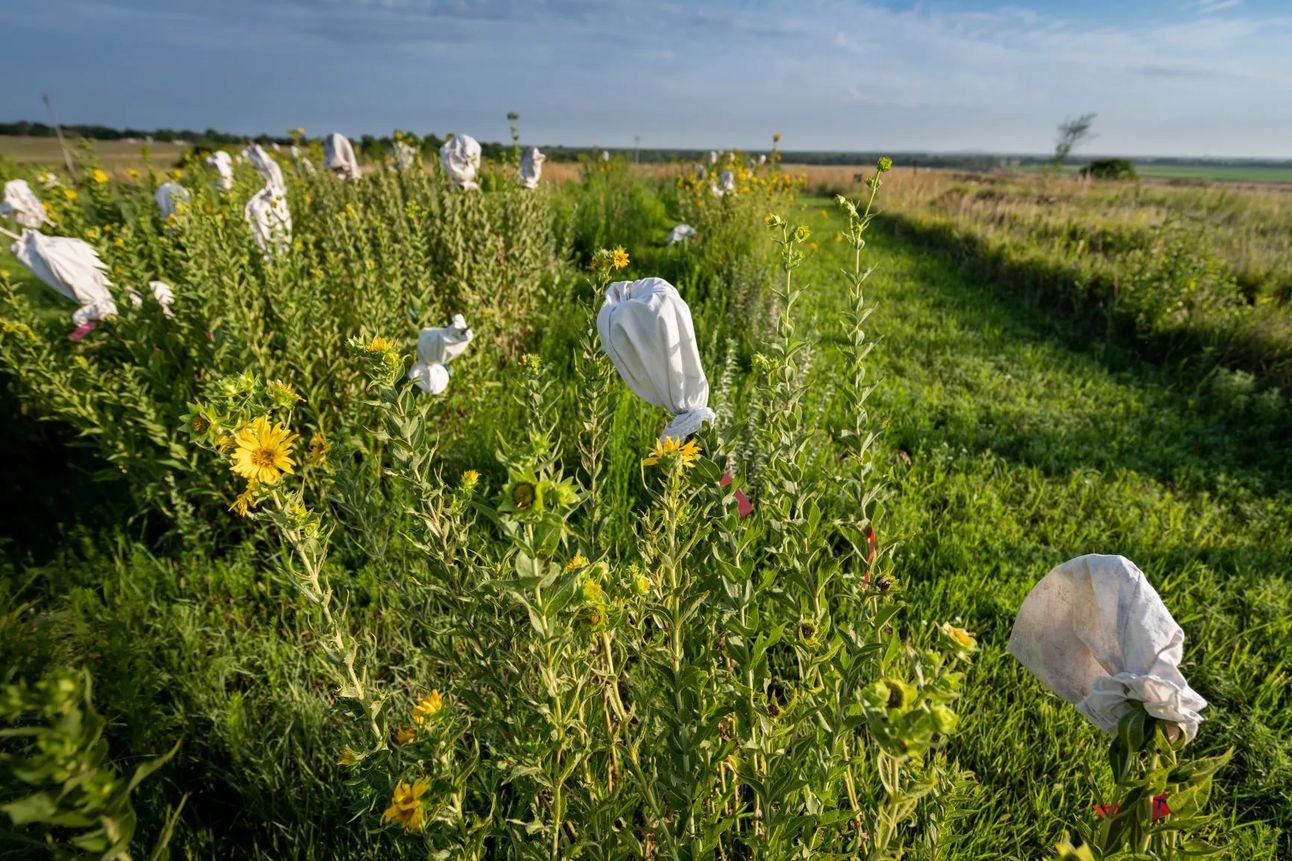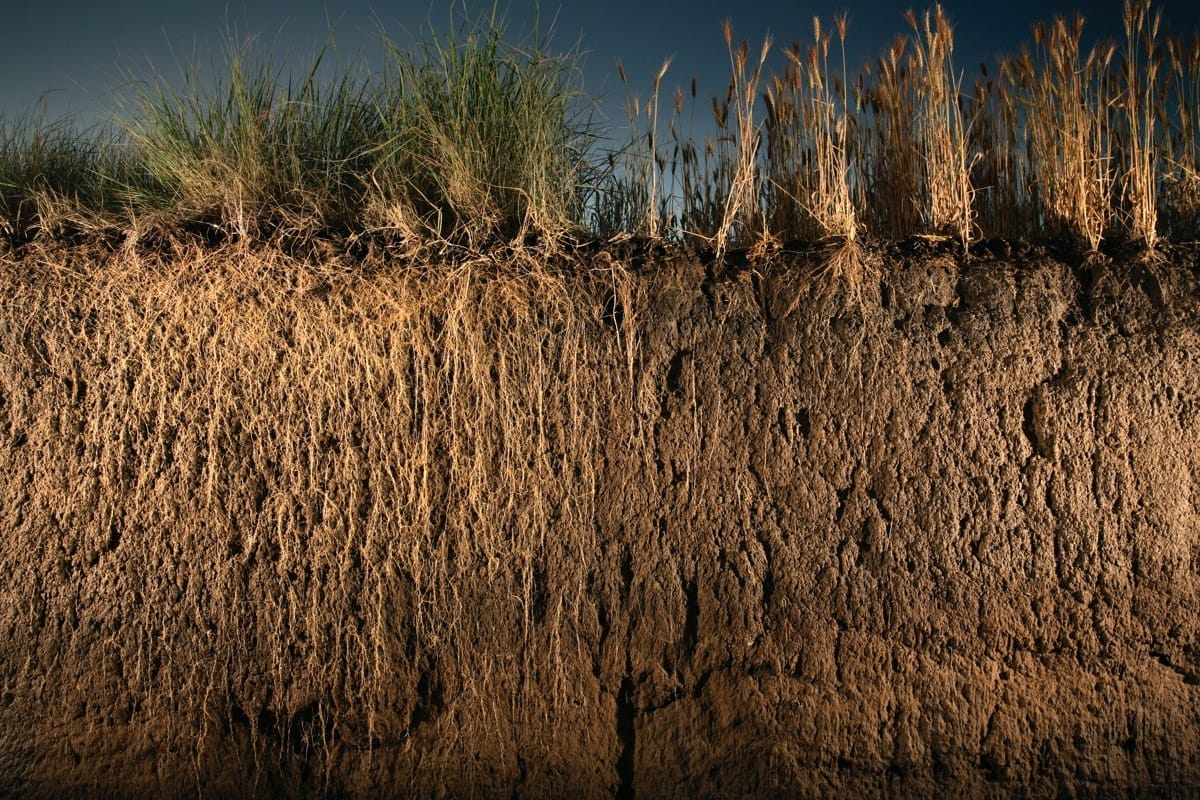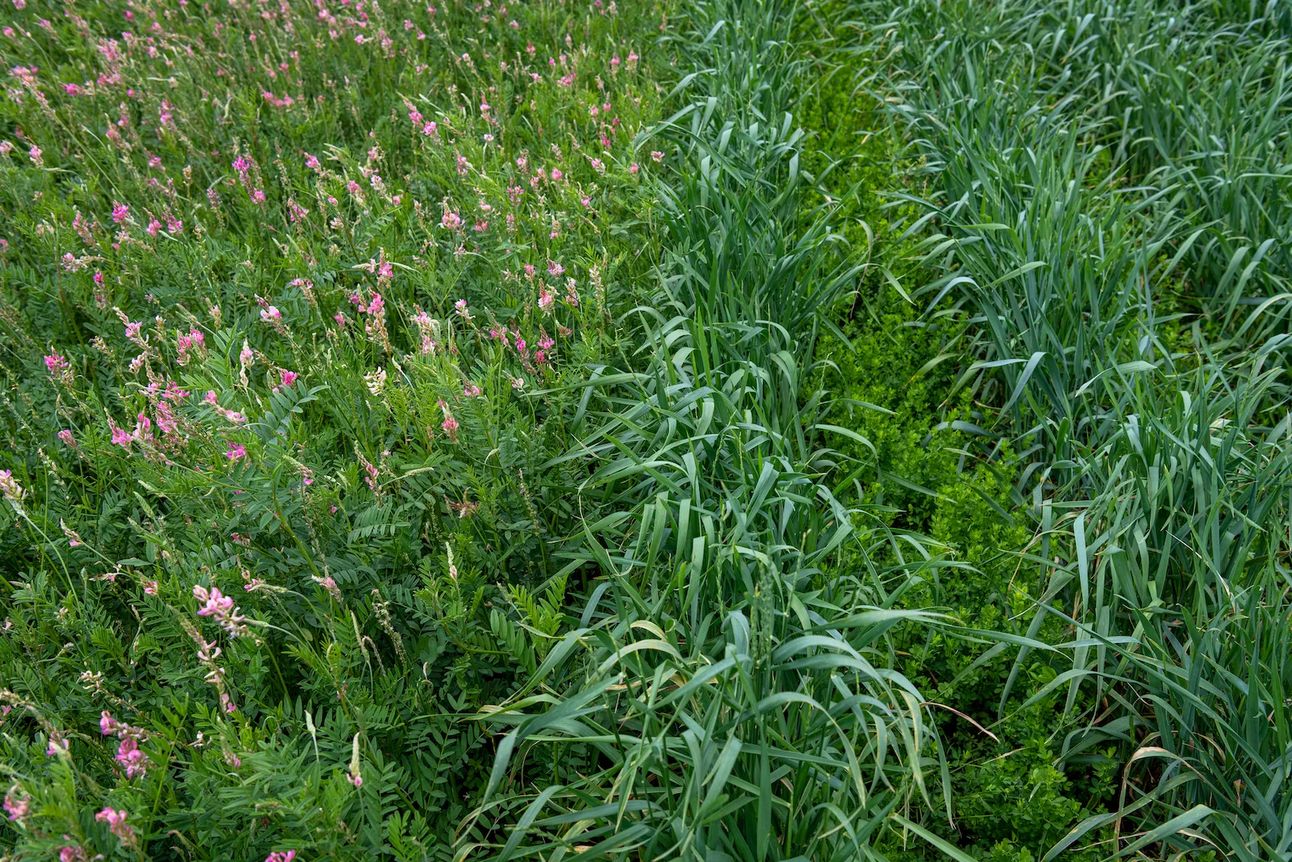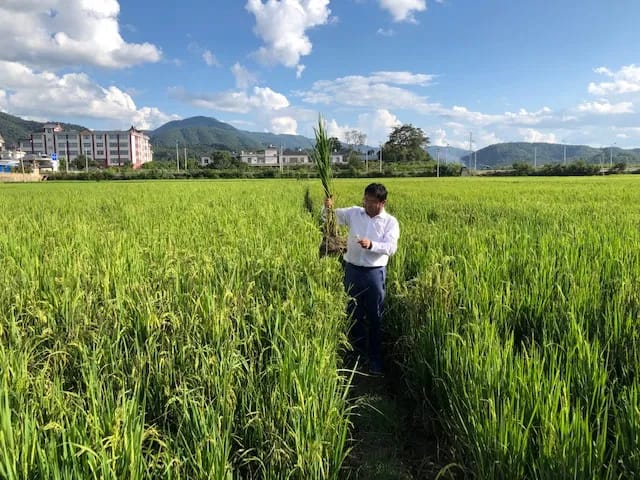Read Time: 5 minutes
Cereal grain crops are humanity’s main source of carbohydrates and plant-based proteins. More than half of the grains produced globally are for human consumption directly, a third feeds animals, and wha’s left are used for industry.
But every single cereal grain species grown is an annual plant, having only one growing season, yielding one crop.
What if our global grain supply flipped from annual production to perennial?
The Land Institute’s mission is shift modern agriculture from an annual cropping dependent system to a perennial paradigm.
The Promise of Perennial Agriculture
Wes Jackson’s, alongside his wife Dana, founded The Land Institute in 1976 with the goal of developing perennial polycultures. The vision was to have fields worldwide filled with multiple productive perennial crops growing together, mirroring what occurs in natural ecosystems.
The Land Institute is located in Salina, Kansas sitting on about 650 acres in total — with plant nursery plots, 92 acres of farmland, 90 acres of upland farmland, and 200 acres of hilly native and restored prairies.

The Land Institute’s test plots in Salina, Kansas
The Land Institute’s Perennial Project
Central to their work is the development of perennial grains, legumes and oilseed varieties they believe will create a paradigm shift to modern agriculture.
Cultivating perennial crops isn’t new. Human’s have been cultivating them for thousands of years alongside annuals — grapes, alfalfa, asparagus, fruit and nut trees to name a few major ones.
The opportunity ahead can’t be understated, as 70% of our cropland are currently devoted to growing annual cereal grains.

The team at The Land Institute examining their test plots
Why Perennials?
The majority of our calories currently comes from annual cereal grains such as wheat, rice, corn, millet, oats, and barely. Annual crops have their benefits, as they focus more of their energy into the “seed”, which we harvest.
They must be planted every single year, which usually requires frequent tillage and application of herbicides to control weeds when the annual cereals are getting established. The frequent soil disturbance causes significant amounts of soil erosion, nutrient leaching, and changes in soil composition, often harming the fungal communities.
Annual cropping systems keep farmers on “an economic treadmill of instability”, using The Land Institute’s wording. They buy costly inputs every year and spend time and wear and tear on their equipment tilling and planting.
Perennial crops offer many benefits, including increased carbon sequestration due to their deeper roots, better water infiltration, ecosystem nutrient retention, and multiple functions for farmers such as winter grazing.
And have the potential to create less work for farmers.
Achieving Perennialization — Combining Wild & Domestic
Over the last 10,000 years or so, humans have selectively bred plants to match their needs — whether that be for taste, ease of growth, productivity, and even aesthetics in the case of ornamentals. This has created massive transformations from the crops we grow today and their wild ancestors.
The Land Institute takes existing annual grain crops and hybridizes them with their wild perennial cousins. When successful, these “wide hybrid crosses” produce plants that maintain the seed yield and quality of their annual parent while inheriting the perennial lifecycle from the the wild parent.
It can take decades and countless generations to achieve those desired traits in the offspring that will then be grown out for seed production and scaled.

Research plots at The Land Institute selecting certain plants for desired traits.
GMO’s vs Hybridization — Is Any of This Natural?
The process that The Land Institute uses is not the same as gene editing.
Biotechnologies like CRISPR and Cas9 allow plant geneticists to insert and remove genes. These species are GMO’s, or genetically modified organisms.
The main difference between hybridization and GMOs is the former takes pollen from one plant and applies it to another, relying on the process of sexual reproduction, while the latter uses non-sexual transfer of genes using biotechnology to bypass the natural reproductive process of pollination.
Some argue the benefits of GMOs generate desired traits quicker that natural selection and hybridization. But those who oppose this technology argue this “non-natural” process is too new to be considered safe.
This debate is for another day, but just to be clear — The Land Institute’s development of perennial crops DOES NOT USE GMO TECHNOLOGY.
Meet Kernza® - The Perennial Grain
The Land Institute’s first viable commercial perennial grain is Kernza®. It’s an intermediate wheatgrass (Thinopyrum intermedium), the cousin of the annual wheatgrass and has been grown for a highly palatable fodder for livestock and wildlife. Now, it is being bred for human consumption.
Deeper Roots & Dual Purpose
Kernza® grain’s extensive root system can reach over 10 feet underground, storing carbon deeper in the soil profile through root exudation. By it’s perennial nature, the roots are active for more of the growing season.
Farmers are also finding ways to extend their grazing season by stocking the fields after harvesting the perennial grain or early in the spring. And some are even experimenting with intercropping Kernza® with clovers or alfalfa to increase the diversity and available forage for their livestock.
Please, Patience on the Perennial Paradigm Shift
One criticism of Kernza®’s current state is yield.
In 2023 there were 2,405 acres planted and the average grain yield was 300 pounds per acre. In perfect conditions it can yield up to 1,200 pounds per acre and through more development in breeding, they are aiming to raise the averages to be more competitive with annual wheat varieties.
For perspective, the current average yield is 20-30% of typically annual wheat, so it still has quite a ways to go to be competitive and enticing for farmers.
Yields are known to decline in successive years with Kernza®, as the perennial nature of the grain isn’t fully instilled into the hybridized offspring.
In an interview with a plant scientist at The Land Institute, the issue of yield was summarized perfectly — patience mixed with persistence.
“I feel quite confident in concluding that we can get perennial plants that will yield abundant seed, it’s just a matter of how many generations it will take to develop them. If you can only increase the yield by so much per year and you have to increase the yield by five times, that takes decades. There’s just no way around it. So, we’re always looking for ways to substitute money, effort, land, and technologies for time.” — Lee DeHaan, Plant Scientist
I’ll Drink to That…
For now, we can all spread the word about the potential of perennial grains and enjoy some of the fruits of its labor so far! There have been multiple collaborations with restaurants, bakeries, breweries, distilleries, and food companies around the country to begin using Kernza® in their products.
My favorite collaboration is between Patagonia and craft breweries around America. The partnership with Dogfish Head captures the mission with their “Drink Up to Drawn Down” campaign, showcasing the carbon sequestration potential of the perennial grain while enjoying a pilsner brewed with it.
Beyond Kernza®
The Land Institute’s goal extends beyond their first commercial grain, Kernza® into revolutionizing the entire annual cereal crop production. This ambitious project covers legumes, oilseeds, rice, and sorghum — all major global crops.
Perenial Legumes
The idea behind perennializing a legume is to provide nitrogen-fixing companions to polycultures with other perennial grains. These can be a high-protein food for both human and animal consumption and provide livestock with high-quality forage.
Currently, there are more than 20,000 legume species in the world and only around 15 pulse (grain) and 40 forage legumes traded globally, so the opportunity to expand our crop options is immense.
They have created a roadmap and identified legume species to begin the hybridization process to develop a commercially viable perennial species.
Perennial Rice
Rice feeds 4 billion people globally and is the most consumed grain by humans. Behind corn and wheat, it is the third largest cereal grain worldwide in metric tons. The opportunity to perennialize rice can’t be overlooked.
In the Yunnan Province of China, a high-yielding perennial rice has already been successfully developed in a relatively short two-decade timeframe. This rice is providing similar yields to annual rice over eight consecutive seasons.
This is direct evidence that it’s possible to develop competitive perennials.
And even more of a reason for The Land Institute to stay focused on their goal.
If you’ve ever wanted to start your own newsletter, check out Beehiiv.




